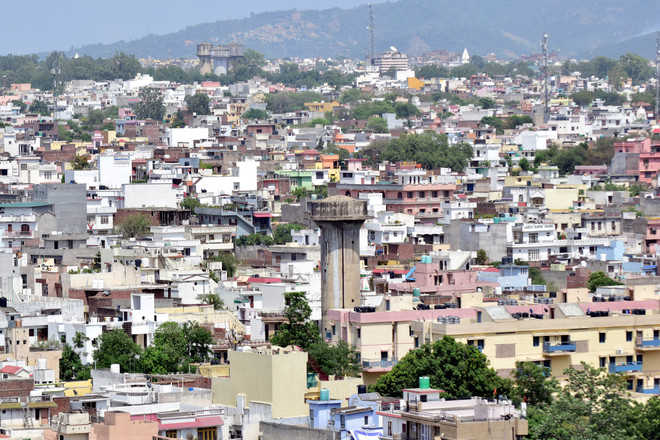Baldev Singh Chib
Housing is one of our basic needs and is a key part of our well being. Adequate housing provides people with dignity and the opportunity to lead a normal life. Housing is often considered as the most important asset.
The rapid rise in population of Jammu over the past three decades and the on-going urbanization has put pressure on urban housing. Increase in population has been due to many factors like mass migration from Kashmir in 1989-1990, natural increase in population and the rural-urban migration for job opportunities, education, higher wages or for better lifestyle. The rise in population has intensified demand for housing and it will further rise as the migration from rural to urban is a continuous process.
In our country, housing is essentially a private activity. But the state intervention is necessary to provide developed housing sites at the reasonable and affordable prices particularly to the vulnerable sections of the society i.e. Economically Weaker Section, Low Income and Middle Income Groups. To achieve this objective, the J&K Government created Jammu Development Authority in the year 1970 to regulate the urban growth and development of Jammu. It was transferred all the nazool land located within the radius of 13 Kms of Jammu city (around 4 lakh kanals) as its land bank to cater to the future housing needs of the fast expanding Jammu city. Similarly, the J&K Housing Board was created in the year 1976, also to cater to the housing needs of the state by acquisition of land from different sources. Since its creation in the year 1970, the JDA has just developed and allotted 8846 residential plots during the last 50 years. The J&K Housing Board has neither developed any housing colony nor acquired any land for the last 25 years. Due to their negligence and corruption, both these bodies have not only deprived the people of Jammu of developed housing sites at reasonable and affordable prices but also got the prime public land plundered through land grabbers. JDA had acquired 5202 kanals of private land at Sidhra (Jammu) in 1980s by paying a compensation of Rs.18.36 crores for developing a Satellite Township but neither the township came up there nor the acquired land is with JDA.
The housing prices in the rest of our country have stabilized since 2015 but the position in Jammu is contrary to it. Costly land in urban areas of Jammu has made the housing unaffordable. The current market price of 6.5 marls plot in Trikuta Nagar and Channi Himmat is Rs. 1.5 crore and of the same size in Greater Kailash and Sainik colony is Rs. 1.00 crore. Thus, there is an emergent need to develop new housing colonies in Jammu to provide developed housing sites to the people at reasonable prices. Prime Government land in Jammu urban continues to be in a state of dis-use or under sub-optimal usage. Besides, it, the JDA still has a land bank of more than 38,000 kanals even after mis- appropriation of 90 % of land transferred to it on its creation in the year 1970. These land parcels could be used to develop housing colonies without wasting further time so that the people of Jammu are provided developed residential plots at the reasonable prices.
Last but not the least, the Jammu Development Authority and the J&K Housing Board have become non-performing bodies. Both these entities need to be strengthened and completely over-hauled so as to serve the purpose for which they were created. Both these bodies should be headed by technocrats having expertise in planning and execution of housing colonies projects instead of non-performing bureaucrats. Since Jammu city is projected to have the fastest growing population in the coming decades, the housing needs shall continue to increase. Therefore, the land acquisition, planning and development of housing colonies should be the continuous process to bring sustainability in the supply of housing sites to the public.
Trending Now
E-Paper


